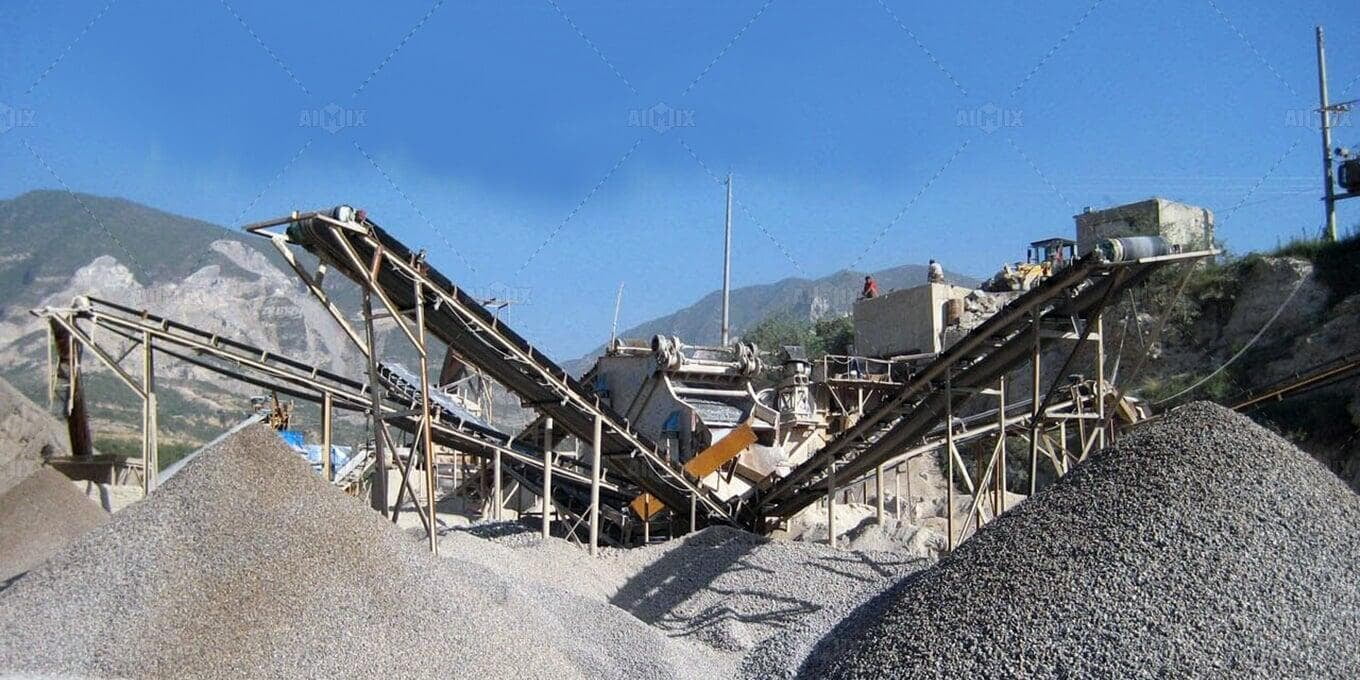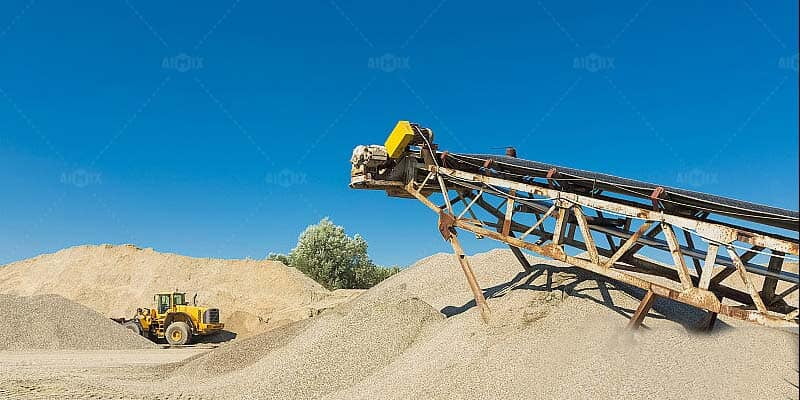In crushing and screening plants, the vibrating feeder plays an indispensable role in ensuring the smooth and efficient operation of the entire system. As a critical component, the vibrating feeder is tasked with regulating the flow of raw materials into the crushing machinery, safeguarding both the efficiency of the process and the longevity of the equipment. Its function goes beyond mere material handling; it is a sophisticated mechanism designed to optimize the performance of the plant while minimizing operational risks.

Fundamental Functionality of Vibrating Feeders
At the heart of the vibrating feeder's operation is its ability to control the flow of materials. Unlike conventional feeding mechanisms, the vibrating feeder allows for a consistent and regulated feed rate, preventing both overload and underload conditions that can disrupt the crushing process. This controlled material flow is crucial in maintaining the balance and rhythm of the entire plant, ensuring that the mining crusher plant operate at optimal capacity without unnecessary interruptions. By providing a steady stream of material, the vibrating feeder ensures that the crushing process is both efficient and effective.
Moreover, the vibrating feeder serves a protective function in the initial stages of processing. As raw materials are introduced into the system, they often contain oversized rocks or debris that could potentially damage the crushers. The feeder acts as a first line of defense, sieving out large particles and ensuring that only appropriately sized materials reach the crushers. This not only protects the crushing equipment from undue wear and tear but also enhances the overall efficiency of the operation by reducing downtime caused by blockages or mechanical failures.
Integration with Crushing and Screening Operations
The vibrating feeder's role extends beyond just feeding materials into the crushers; it is integral to the performance of the entire crushing and screening operation. By delivering materials at a consistent rate, the vibrating feeder enhances the performance of the crushers, allowing them to operate at their designed capacity and achieve the desired output size. This synchronization is particularly important in multi-stage crushing plants, where the efficiency of one stage directly impacts the subsequent stages. The vibrating feeder ensures that each stage of the crushing process receives the right amount of material at the right time, optimizing the overall productivity of the plant.
In addition to enhancing crusher performance, the vibrating feeder plays a key role in synchronizing with screening processes. In a well-coordinated operation, the feeder delivers materials in a manner that matches the capacity of the screens, preventing bottlenecks and ensuring that the screening process is conducted with maximum efficiency. By maintaining a balanced flow of material, the vibrating feeder helps to achieve precise separation and classification of aggregates, which is essential for producing high-quality end products.

Economic and Operational Impacts
The economic impact of a well-functioning vibrating feeder cannot be overstated. By optimizing the flow of materials, the feeder contributes to significant cost savings in terms of both energy consumption and operational efficiency. A consistent feed rate reduces the energy required to crush granite materials, lowering fuel or electricity costs. Additionally, by preventing unnecessary wear on the crushers and reducing the likelihood of equipment failure, the vibrating feeder helps to extend the life of the plant’s machinery, thereby reducing maintenance costs and increasing the overall return on investment.
Furthermore, the vibrating feeder's role in enhancing productivity is closely tied to its maintenance and longevity considerations. A well-maintained feeder is less likely to suffer from mechanical issues, ensuring that the plant operates smoothly and without interruptions. Regular maintenance checks and timely repairs are essential in preserving the functionality of the feeder, thereby sustaining the plant's productivity over the long term. In this way, the vibrating feeder not only supports the immediate operational needs of the plant but also contributes to its long-term sustainability and profitability.
Vibrating feeders are vital to the efficiency and effectiveness of crushing and screening plants. Through controlled material flow, protection of equipment, and integration with the crushing and screening processes, they play a central role in the overall productivity of the operation. Additionally, their economic benefits, including cost savings and extended equipment longevity, underscore their importance in the design and operation of modern crushing and screening plants.

